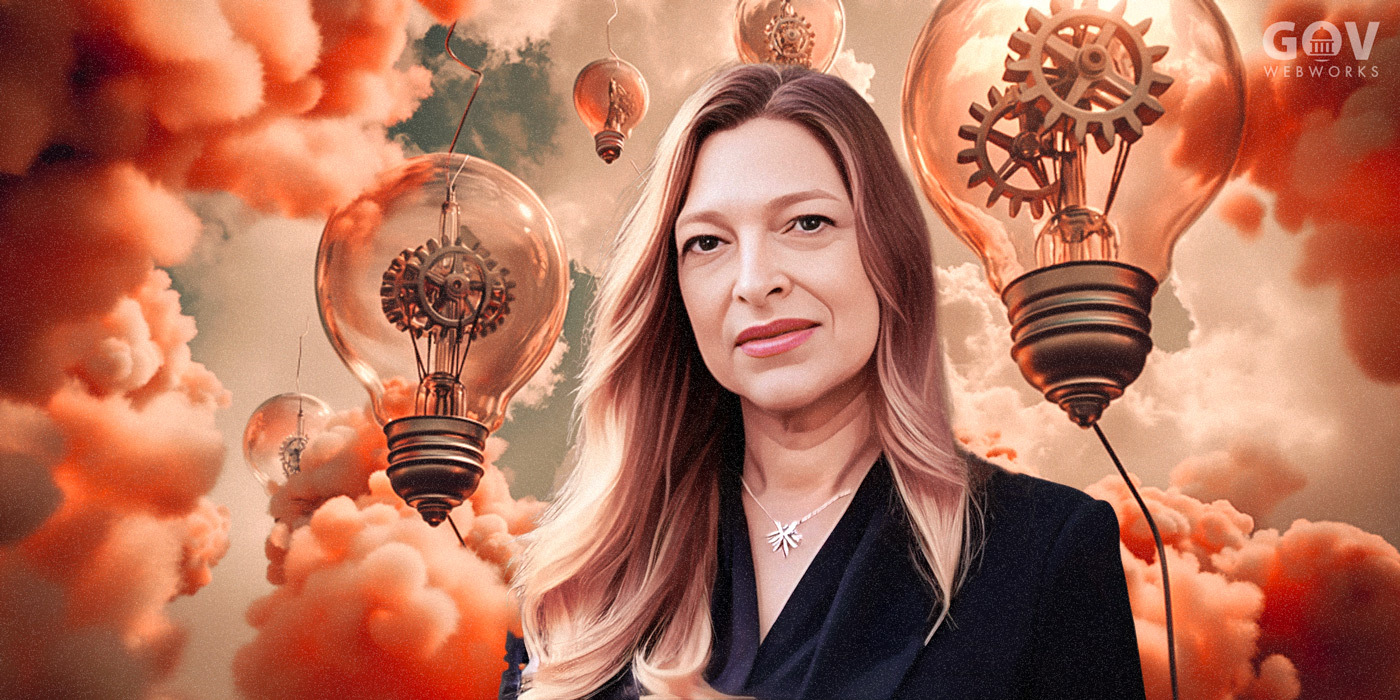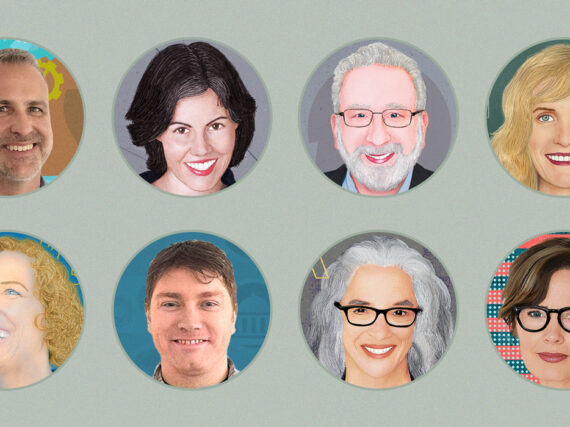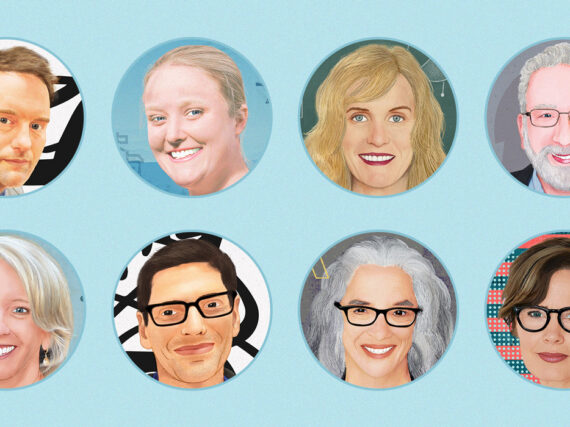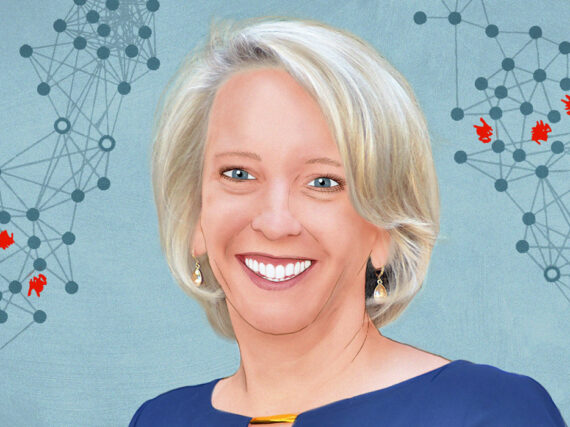As a global agile consultant with a specialty in value stream mapping, Heidi Araya found success helping clients adapt to change and make improvements using a people-centric approach. A few years ago, she realized she needed to help herself transform in the same way she’d been helping clients. The result is her new company, BrightLogic, a consultancy that supports businesses and individuals in navigating career uncertainty and enhancing productivity with generative AI tools.
“I help many people who are struggling to get work done efficiently,” Heidi says. “They know it can be done better, perhaps by leveraging AI, but they don’t have the time to figure out how. I call what I do ‘AI enablement coaching’.”
After hearing Heidi’s keynote at Agile Maine Day, we wanted to learn more about how she transitioned her expertise to agile AI enablement.
Why did you decide to pivot from agile consulting to AI enablement?
I’m passionate about helping people thrive amidst uncertainty, and it’s crucial for people to know that our careers are evolving significantly these days. Other coaches have reached out to me asking, “What do I do now?” They’ve always helped others pivot, and now they need to do so themselves.
Many people, myself included, love our jobs, but we see changes on the horizon and are unsure how to match our current skills with market demands.
Instead of stressing about it, we can apply our skills to new roles with different titles and focus on emerging technologies. It might be similar to a ScrumMaster role, but probably won’t be called that. I’ve done a lot of exploration over the past nine months for my own knowledge and because of all the people contacting me, so I want to share the things that I see working. There’s an opportunity for those who know how to leverage AI to help others. My niche is helping people onboard to AI when they feel lost, and then work with them to create content or solutions tailored to their needs.
How do you work with a team or individual to be more effective with AI?
It starts with understanding the challenges you face today. For example, you might wake up in the morning and find you are dreading doing tedious, manual, non-value-added work. For a project manager, this could be creating reports or building PowerPoints—tasks that AI can assist with.
I help people learn how to use AI tools to do less compelling tasks so they can focus on the more creative and compelling work.
Where do you start with an AI enablement client?
Drawing from my value stream mapping roots, I start by understanding a process or area that needs improvement.
We map out the process, identify how AI could help, and ensure AI is implemented where it fits. This involves reducing manual efforts with AI for specific tasks.
It’s crucial to involve the team in the process. If a manager wants to implement a solution, I ensure the team is part of the implementation to increase buy-in and effectiveness. We set clear goals and measure if AI adoption helped the team to achieve them. Without a clear and compelling goal, the solution won’t stick.
AI Lab update on the benefits, risks, and emergent guidelines for LLMs in the public sector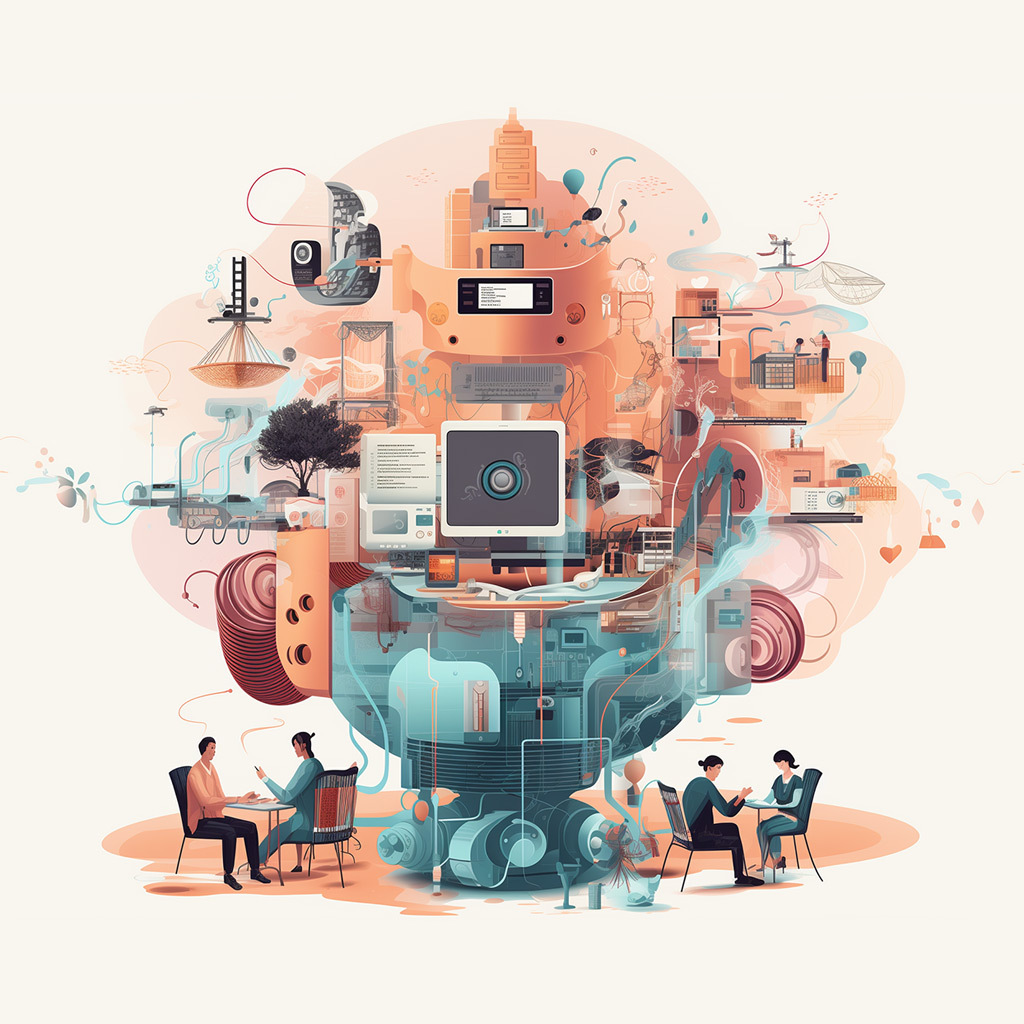
Large Language Model Applications for Government
Do you find that AI setup takes a lot of time for people?
Some automations require an investment in upfront work to understand and automate the process, but if the team is not willing to invest time initially, they’re probably not ready for AI. The pain point must be evident, and they must have the space to improve. That’s why I don’t just offer free chatbots; investment and commitment are crucial.
What are some ways you use AI in your work?
I interact with AI throughout the day. It gives me a happy thought when needed, prioritizes tasks, and helps me break down my goals into manageable daily tasks. AI assists me significantly in content creation, generating graphics, and developing ideas for articles or posts. I use a custom GPT to create prompts for MidJourney and then refine those prompts.
It’s important to remember that AI can be used as an idea generator, but it can’t replace my input or the personal stories I tell.
I also build AI assistants for various tasks, including an AI receptionist for handling phone calls. AI can also be used by teams who are disconnected from their customers to generate ideal customer avatars. It’s not a replacement for real conversations, but a helpful tool for understanding customer goals and desires and helping them to feel more in touch with their audience. And AI can create interview questions and help candidates prepare. A friend also uses PowerPoint’s AI speaking coach to prepare for interviews, improving her delivery by practicing with AI feedback.
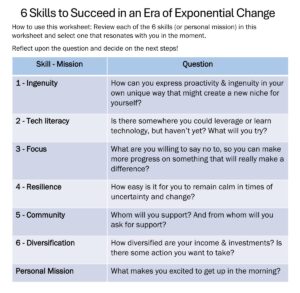
You mentioned six skills for resilience during transitions, what are they?
The six skills are ingenuity, technological literacy, intentionality, resilience, community, and diversification. See Thriving in an AI World on my website for more about the skills that help people thrive in uncertainty.
We need to focus on technological literacy and resilience since more people will most likely become freelancers as companies strive to reduce employees.
My key message is to take charge of your future. Be proactive, get the skills to thrive in uncertainty, and work with intention towards your goal.
You’re role modeling this yourself, how did it happen for you?
When I was evolving my career, I took a data science program at MIT, hoping to lead AI or machine learning initiatives. However, upon completing the program, I realized companies weren’t hiring for that role at the time, and I had to keep finding a fit for myself. Instead the path took me to opening my own AI Agency.
Everyone will need to do this to some extent, continually evolving their careers to stay ahead of market changes and to find the right fit for themselves.
Do you think AI will take over project management jobs?
There’s a lot of fear about AI taking people’s jobs, but someone has to manage the AI tools, understand how to interact with them, and get the desired output. AI can reduce the manual overhead, but not do the thinking for you.
I tested this out last year by co-writing an ebook with ChatGPT on app modernization and had experts review it. The AI handled the broad strokes well, but the details were off. People pointed out inconsistencies and errors, showing that AI can’t take over because LLMs can’t think holistically—they predict the next words in a sentence but don’t grasp the entire context. Even if ChatGPT could accurately generate an entire book, it wouldn’t connect with people the way a real story does. My unique experiences and perspectives are something AI can’t replicate.
AI can help tell the story, but it’s the communication and storytelling skills that set people apart in the workplace.
What do you think about AI coaches?
There’s an interesting development in project management with AI assistants that analyze your data and offer improvement and tips. However, cultural and social pressures within organizations often override the AI suggestions. For example, AI may advise against having five tasks in progress, but due to priorities set by managers or CEOs, the advice might not be followed. Furthermore, resolving disputes or engaging in human interactions can’t be managed by AI; it requires a human touch.
Do you have tips for automating content on a website?
Many people want AI chatbots, but you can’t create a chatbot without existing content to train it. You also have to understand the goal of the chatbot. Why would people use it? What purpose would it fulfill? Chatbots work well for public sector clients with extensive content, like agencies or schools. Prompting and training a chatbot requires human input to ensure appropriate responses. Humans are essential in this process. Some people automate their content creation entirely, but it lacks personalization and storytelling.
Automating everything results in generic content, which isn’t helpful. Human input makes content engaging and relatable.
Can you give an example of how AI needs humans?
Before AI, I worked with a program manager who spent a whole day every two weeks creating manual slides for status reports. Now, AI can pull the data and generate a PowerPoint deck instantly. However, the data often isn’t readily available within organizations.
Humans are absolutely needed to ensure that the right data for the situation is clean and accurate, because the AI-generated slides will be useless if the data or content is incorrect or unimportant.
However, we can’t ignore AI’s impact. Statistics show that a significant percentage of tasks for knowledge workers and IT professionals will be affected by AI. It’s essential to understand what AI can and can’t do and plan your upskilling accordingly.
Is there a metaphor you can share about AI’s impact?
AI is a general-purpose technology, revolutionizing many areas, similar to when electricity was introduced. Without electricity, we wouldn’t have many modern conveniences, like iPhones. Just as people were initially hesitant about electricity, there’s fear about AI. But just as cars created new industries, AI will bring unforeseen opportunities. While some jobs will be replaced, new ones will emerge. For instance, low-code and no-code options are enabling people to build websites and apps themselves.
Humans are survivors with unlimited imagination, so we just need to find new ways to use AI to build and monetize our innovative ideas.
How do we stay one step ahead with AI?
The first step is understanding what’s happening in your field. Learn what people on the cutting edge of your career are doing, not just with AI but with other emerging technologies. Look into what people in your role are using AI for, which they often discuss on social media platforms like YouTube and LinkedIn. Stay informed about technologies that will impact your career, such as 3-D printing, digital twins, blockchain, advanced robotics, or extended reality.
I ask clients what they’re passionate about and suggest learning some new aspect of AI to support that passion. Finding a way to integrate interests with AI is crucial for learning and applying it effectively.
The key is to take your expertise and ask how you can leverage AI in your role.
This approach will create a unique superpower for you, as no one else will have your specific experiences, combination of domain knowledge, and advanced technology skills.
Learn more
- Visit Heidi Araya’s BrightLogic website
- Learn about Heidi Araya
- Check out Heidi’s speaking engagements
- View Heidi’s YouTube channel
- Contact us about using AI on your next project
